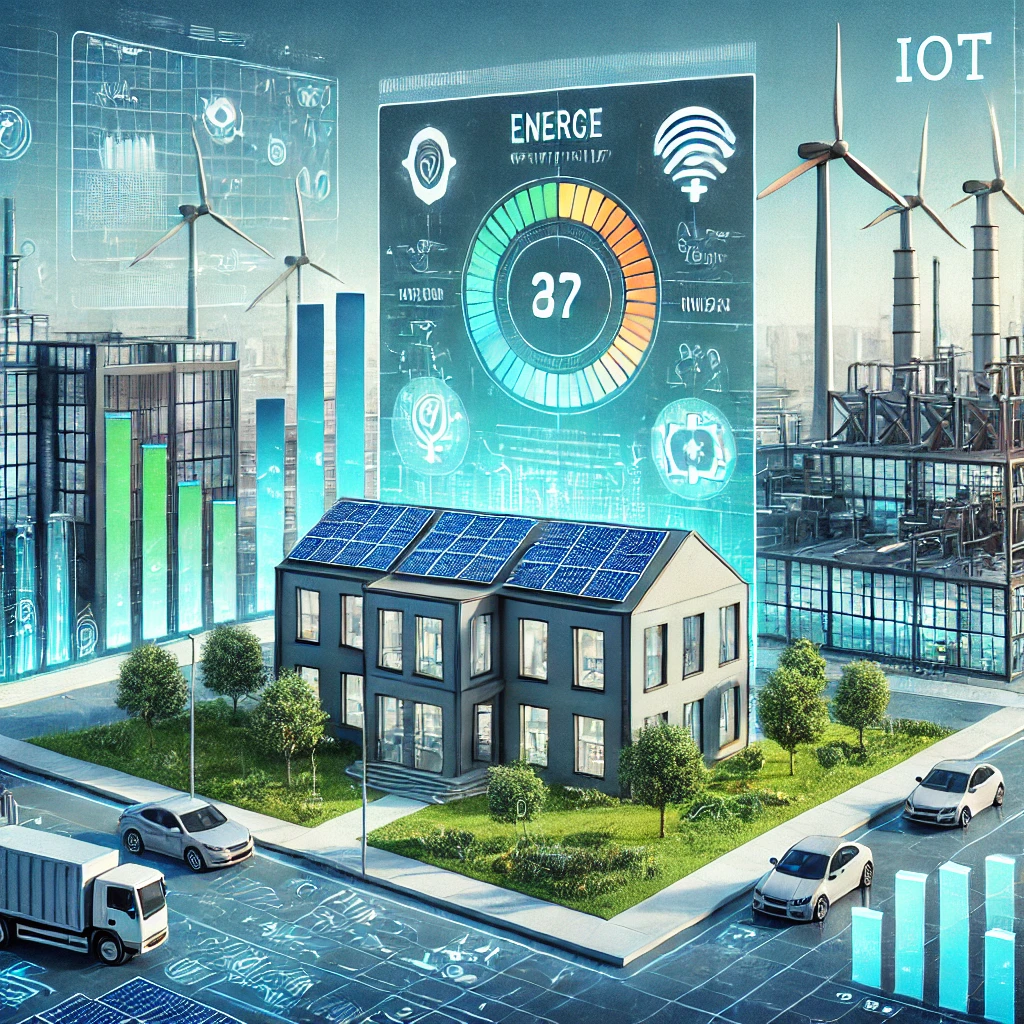In today’s world, where energy costs have surged by 15% over the past three years globally and sustainability is no longer optional, making informed decisions about energy consumption is more critical than ever. Did you know that up to 20% of energy used in commercial settings is wasted? Harnessing real-time data can transform these losses into savings. Enter data-driven energy decisions—a game-changer for businesses and households alike. By leveraging smart data tools, you can optimize energy use, save money, and reduce your environmental footprint.
This guide will walk you through everything you need to know about data-driven energy decisions, why they matter, and how you can implement them in your daily life or business operations. Let’s dive in!
What Are Data-Driven Energy Decisions?
Data-driven energy decisions are exactly what they sound like: choices about energy consumption that are informed by accurate, real-time data. Instead of relying on guesswork or outdated assumptions, you use smart data tools—like energy monitoring systems, IoT devices, and advanced analytics software—to gather insights about how, when, and where energy is being used.
For example, imagine you run a manufacturing plant. By analyzing energy usage patterns, you might discover that certain machines consume excessive power during idle times. With this insight, you can adjust operations to reduce waste and cut costs.
Why Are Data-Driven Energy Decisions Important?
- Cost Savings
Energy is expensive, and waste is even costlier. Data-driven decisions help you identify inefficiencies and take action to reduce unnecessary consumption. For example, a retail store using smart meters to track lighting and HVAC usage can adjust settings based on foot traffic data to save thousands annually. - Environmental Impact
Reducing energy consumption isn’t just good for your wallet—it’s good for the planet. Optimizing energy use lowers your carbon footprint and contributes to global sustainability efforts. - Improved Decision-Making
Data removes the guesswork. Whether you’re a homeowner trying to lower utility bills or a facility manager overseeing a large building, access to precise energy data empowers smarter, more confident decisions.
How to Implement Data-Driven Energy Decisions
- Invest in Smart Data Tools
Build the foundation for data-driven energy decisions with the right technology.- Smart Meters: Provide real-time data on energy usage, tracking consumption patterns.
- IoT Sensors: Monitor equipment and appliances to identify inefficiencies.
- Energy Management Software: Platforms like Schneider Electric’s EcoStruxure or Siemens’ Desigo CC analyze data and provide actionable insights.
- Analyze Your Energy Data
Collecting data is just the first step. Analyze it to identify trends, anomalies, and opportunities for improvement. For instance, you might notice energy usage spikes during certain hours, signaling a need for better load management. - Take Action
Implement changes based on your findings. This might involve upgrading to energy-efficient appliances, adjusting operational schedules, or adopting automated systems that optimize energy use in real time. - Monitor and Adjust
Energy optimization is an ongoing process. Continuously monitor data and fine-tune your approach. Over time, you’ll see significant improvements in efficiency and cost savings.
Common Challenges and How to Overcome Them
- Data Overload
Too much data can be overwhelming. Focus on actionable insights and use visualization tools to simplify complex information. - Upfront Costs
Investing in smart tools may seem expensive initially, but the long-term savings often outweigh the costs. Start small, such as installing smart meters in high-usage areas, and scale up as results become evident. - Lack of Expertise
Not everyone is a data scientist, but that’s okay. Many energy management tools come with user-friendly interfaces. Additionally, consultants and service providers can help guide you through the setup process.
Real-Life Examples of Data-Driven Energy Decisions
- Smart Homes
Homeowners using smart thermostats like Nest or Ecobee optimize heating and cooling based on occupancy and weather data. Studies show these devices can reduce energy consumption by up to 20%. - Commercial Buildings
A large office building in New York City implemented an energy management system to analyze lighting, HVAC, and elevator usage. Data-driven adjustments reduced energy costs by 15% within a year. - Industrial Facilities
A manufacturing plant in Germany used IoT sensors to monitor machine performance and energy consumption. By identifying inefficiencies, they reduced energy use by 10% and improved overall productivity.
The Future of Data-Driven Energy Decisions
As technology continues to evolve, the possibilities for data-driven energy decisions are limitless. Artificial intelligence (AI) and machine learning are already being used to predict energy demand and optimize usage in real time. In the near future, we can expect advanced tools that make energy management smarter, easier, and more accessible.
For example, predictive AI platforms like Google’s DeepMind have been used to improve energy efficiency in data centers, cutting energy use by nearly 40%. These technologies are paving the way for a more sustainable future.
Conclusion
Data-driven energy decisions are no longer a luxury—they’re a necessity. By leveraging smart data tools, you can take control of your energy consumption, save money, and contribute to a more sustainable future. Whether you’re a homeowner, business owner, or facility manager, the time to act is now.

